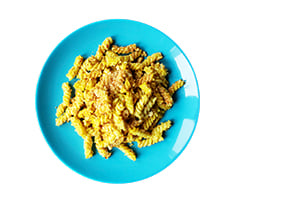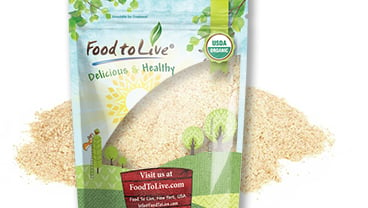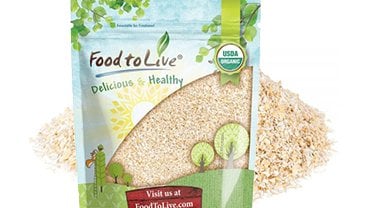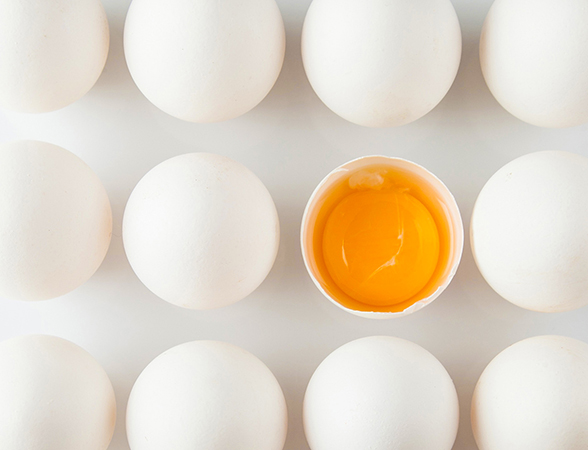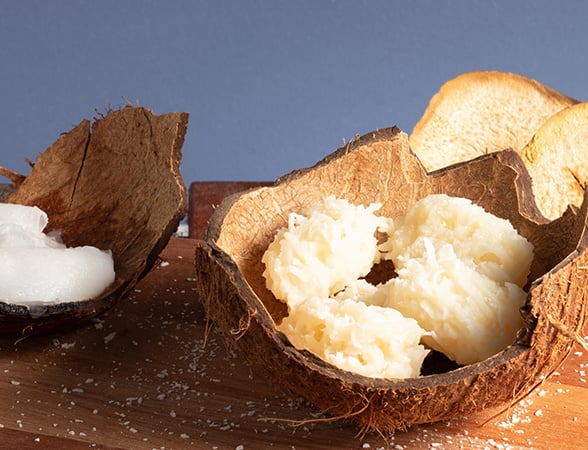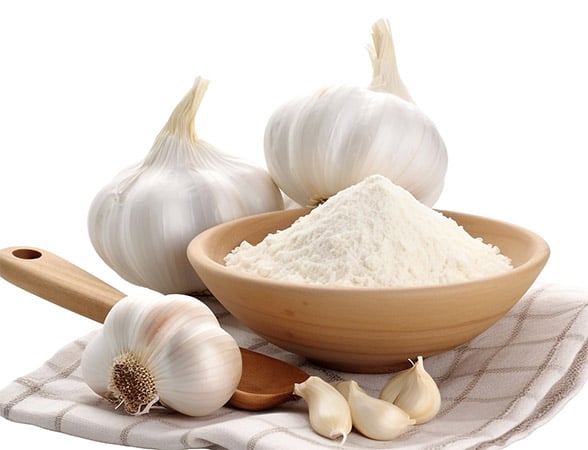March 10, 2022 · Written by Foodtolive Team
Nutritional Yeast: Nutrition, Health Benefits and Uses
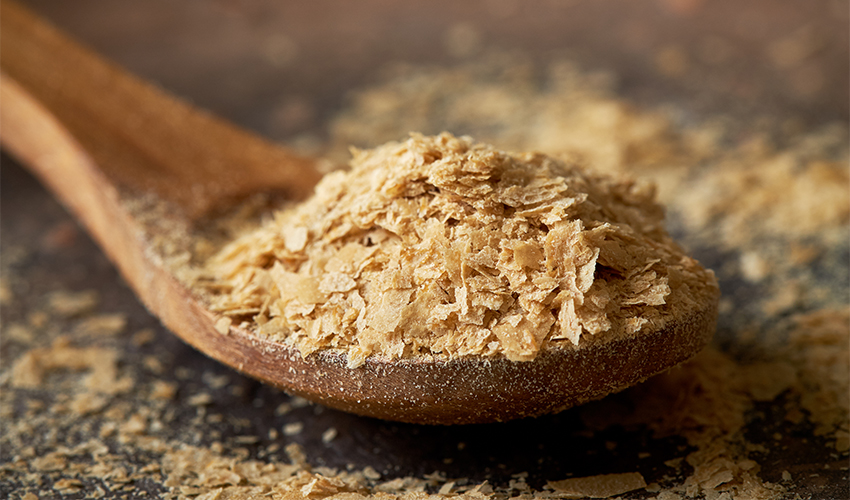
Global Banking & Finance review reports that demand for Nutritional Yeast Market is fueled by increased vegan food preference. People tend to become more selective about their food choices in the last few years, showing inclination for healthier, ecological, and high-standard quality products. Consequently, there is a growing demand for organic, gluten-free, and vegan products [1]. Nutritional yeast is one of those products because it contains neither gluten nor salt. Nevertheless, it contains many valuable nutrients that we are yet to present in this article.
Nutritional yeast is deactivated yeast used as an additive to improve taste and nutrition. It is deactivated and pasteurized so that it stops growing and becomes safe. “Nooch” (a short for “nutritional yeast”) is most commonly used on the internet because the original term (“nutritional yeast”) doesn’t sound as appealing. Nutritional yeast has a pleasant cheesy and nutty aroma and is good for lactose intolerant people because it is dairy, fat and salt free.
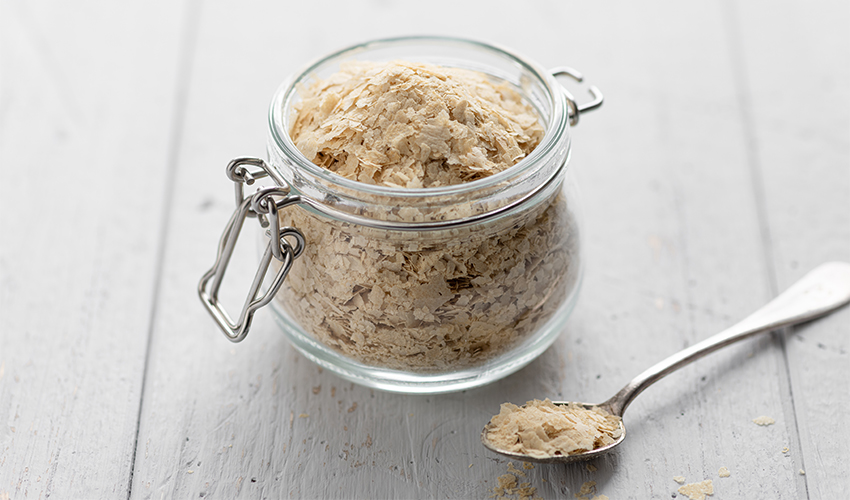
Nutritional Yeast Benefits or Why You Should Include it in your Diet
Nutritional yeast health benefits are significant. Firstly, nutritional yeast is rich Vitamin B. Various subgroups of vitamin B support the digestive and nervous systems. Secondly, it’s a great source of antioxidants – nutritional yeast contains powerful antioxidants which help to reduce the destructive effects of free radicals. On top of that, nutritional yeast is a low-calorie product containing 60% of protein. It is easily absorbed by the human body. The nutritional yeast nutrition facts can be compared to that of meat or fish: it contains essential trace elements such as iron, zinc, and selenium which help to maintain normal thyroid function and are involved in the production and replication of DNA. Zinc is also involved in the synthesis of DNA and helps the immune system fight viruses. Due to the content of beta-glucan (soluble fibers that come from the cell walls of yeasts, bacteria, fungi), nutritional yeast can also assist in lowering cholesterol levels.
United States Department of Agriculture provides the following nutrition facts for 16g serving of nutritional yeast.[2]
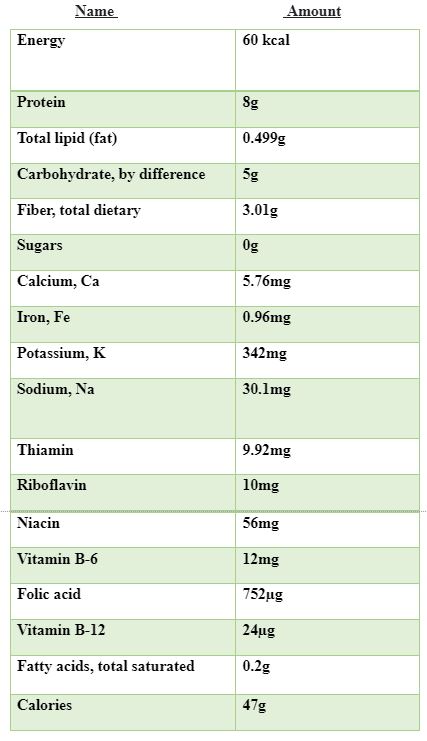
Cheese-like or nutty-like taste makes nutritional yeast a wonderful alternative for other vegan and non-vegan products. For example, if you run out of nutritional yeast, you can easily substitute them with ground cashews, sunflower seeds, mushrooms, or brewer’s yeast.
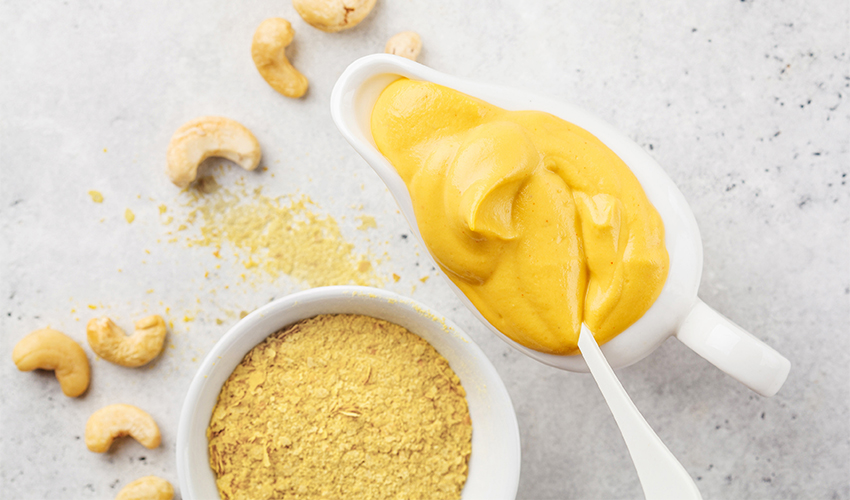
Nutritional Yeast: How to Use
Nutritional yeast is sold as flakes or powder. You can include this product to your daily diet:
- use it as a substitute for cheese in pasta;
- sprinkle it on popcorn or salads;
- make a vegan alternative of cheese sauces
Store nutritional yeast in a cool, dark place to prolong it’s shelf life. The recommended daily dosage is determined by manufacturers, but it’s normally one or two tablespoons per day.
Nutritional Yeast Calories
One serving size (16g) of nutritional yeast equals 47 calories – this is quite low caloric level. The calorie content of the nutritional yeast is exactly the same as that of parmesan cheese. Cheddar cheese, however, is higher in calories: two tablespoons of cheddar cheese equal 56 calories while two tablespoons of nutritional yeast (or parmesan cheese) equal 40 calories. [3]
Even though nutritional yeast isn’t high in calories you shouldn’t overconsume it. Look carefully at the nutrition facts and at the serving size on the label. As any other superfood, make sure to consume nutritional yeast in moderate quantities to avoid any side effects.
Nutritional Yeast Side Effects
Very rarely do some people have yeast intolerance, however, consuming a great amount of nutritional yeast can cause facial flushing due to the content of niacin (Vitamin B3). Apart from a valuable source of essential trace elements, nutritional yeast also contains such amino acids as tyramine which can provoke migraine attacks and trigger Crohn’s disease. If you are prone to the latter, we recommend consulting with your physician before making this product a part of your diet.
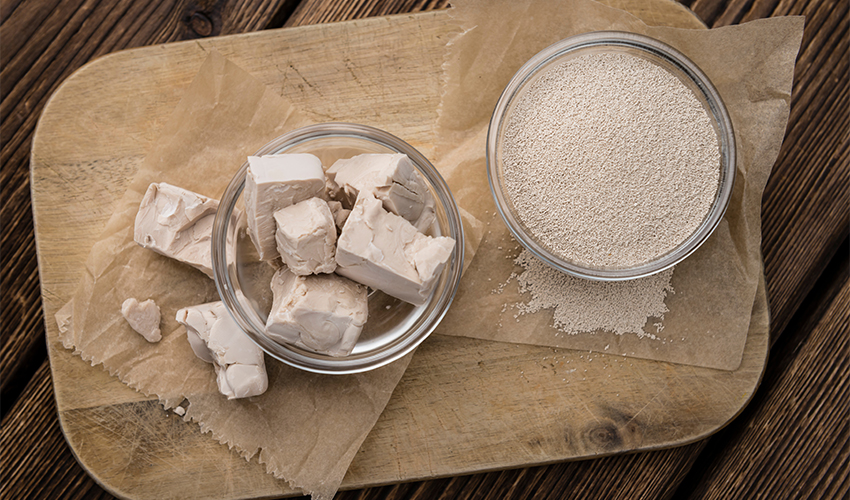
Baker’s Yeast vs Nutritional Yeast vs Brewer’s Yeast
Nutritional Yeast vs Brewer’s Yeast
Both nutritional and brewer’s yeast come from the same species, however, they differ in their nutrition value and taste. Brewer’s yeast is a product of beer making process and is grown on malt barley. This gives brewer’s yeast its specific bitterness. Brewer’s yeast is rich in a complex of vitamins, including vitamin B, chromium, selenium, and protein, while nutritional yest is a wonderful source of folic and nicotinic acid, selenium, thiamine, and zinc. In comparison with brewer’s yeast, it is characterized by a milder nutty-like taste. Brewer’s yeast is darker in color while nutritional yeast is yellowish.
Another point worth noting is the fact that brewer’s yeast is an ideal ingredient for the preparation of alcoholic drinks, but it cannot serve as a full-fledged alternative for nutritional yeast. However, if you mix both yeasts in the proper amount, it can be useful for bakery.
Baker’s yeast: top three facts you might not know
1. There exist several forms of baker’s yeast: active dry yeast, instant yeast, and fresh yeast.
Active dry yeast is dormant; it needs to be rehydrated and dissolved in a warm liquid to activate.
Instant yeast is a dry yeast that absorbs liquid rapidly, and does not need to be rehydrated before being mixed into flour.
Fresh yeast, or cake yeast, is active yeast. Fresh yeast is perishable; it will last no longer than two weeks if you refrigerate it. The yeast should be pale gray-brown, fragrant, soft and crumbly – not hard, dark brown, or crusty. Should you notice any mold growing on the surface, bear in mind that it’s a sign that the yeast should be thrown away. [4]
2. Baker’s yeast contains 60% of protein.
3. Baker’s yeast has been domesticated in ways that aid the fermentation process (and results in better flavor). [5]
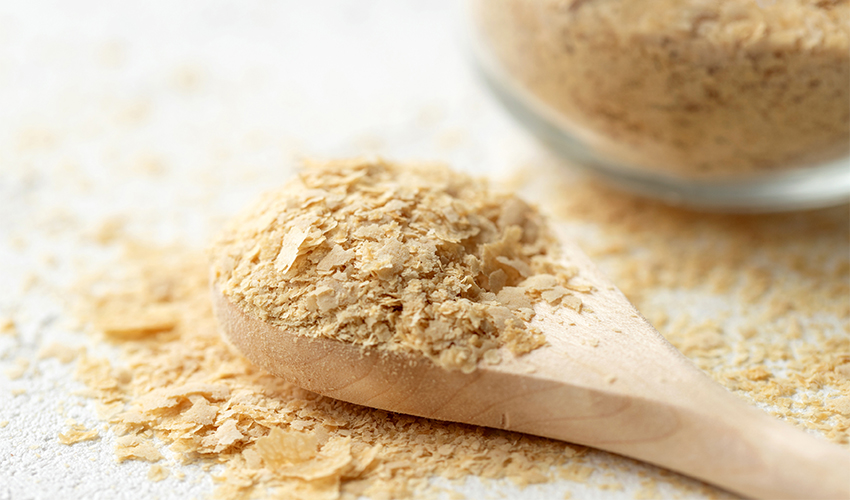
The major difference between Nutritional Yeast, Brewer’s Yeast and Baker’s Yeast
Even though these three types of yeast are made from the same kind of yeast, they are indeed different products. According to the Healthline, baker’s yeast is used to leaven bread adding an earthlike flavor. Brewer’s yeast, in contrary, is used to brew beer. The remaining yeast cells from the brewing process have a very bitter taste, still, they can be consumed as a nutritional supplement. In turn, nutritional yeast is mainly used as a food product. It is not as bitter as brewer’s yeast and has a quite cheesy or nutty aroma. [6]
Nutritional yeast is a very nutritious vegan product with various health benefits. It can be used as additional source of protein, vitamins and minerals to your meals. All things considered, we outlined top 5 reasons to try Food to Live Nutritional Yeast Flakes if you haven’t still bought it:
- Vitamin B12
is a great substitute for foods of animal origin; responsible for supporting the digestive system, increasing energy and regulating the nervous system. Makes nutritional yeast vegan-tolerant food. - Protein
two tablespoons of nutritional yeast powder equals about 9g of protein. - Fiber
makes your intestines work faster; fiber helps maintain your regularity and cleanses the colon. - Gluten-free
nutritional yeast is low in fat and sodium, it doesn’t contain added sugars and preservatives and, is naturally gluten-free, therefore, it is a great alternative for gluten-intolerant people. - Useful for skin
Being extremely rich in groups of Vitamin B and niacin, it strengthens your skin, hair and nails.
We hope that understanding out product’s benefits will make our customers aware and healthier. Check out our nutritional yeast flakes and let us know what you think Nutritional Yeast Flakes
Sources
1. https://www.globalbankingandfinance.com/nutritional-yeast-market-high-state-of-affairs-swot-analysis-business-summary-forecast-2029/
2. https://fdc.nal.usda.gov/fdc-app.html#/food-details/1744022/nutrients
3. https://health.ucsd.edu/news/features/pages/2017-06-30-recipes-nutritional-yeast-flakes-rise-to-the-occasion.aspx
4. https://www.allrecipes.com/article/yeast-the-basics/
5. https://www.rochester.edu/newscenter/attention-at-home-bakers-three-surprising-things-you-might-not-know-about-yeast-469552/
6. https://www.allrecipes.com/article/yeast-the-basics/

